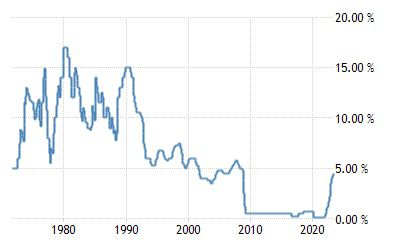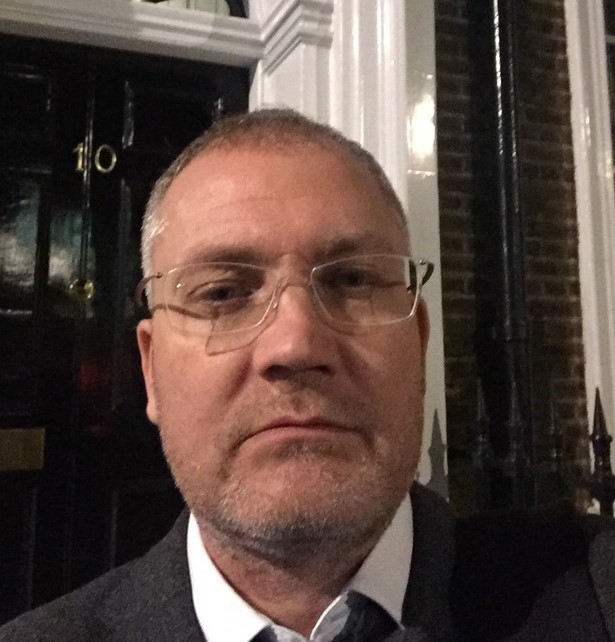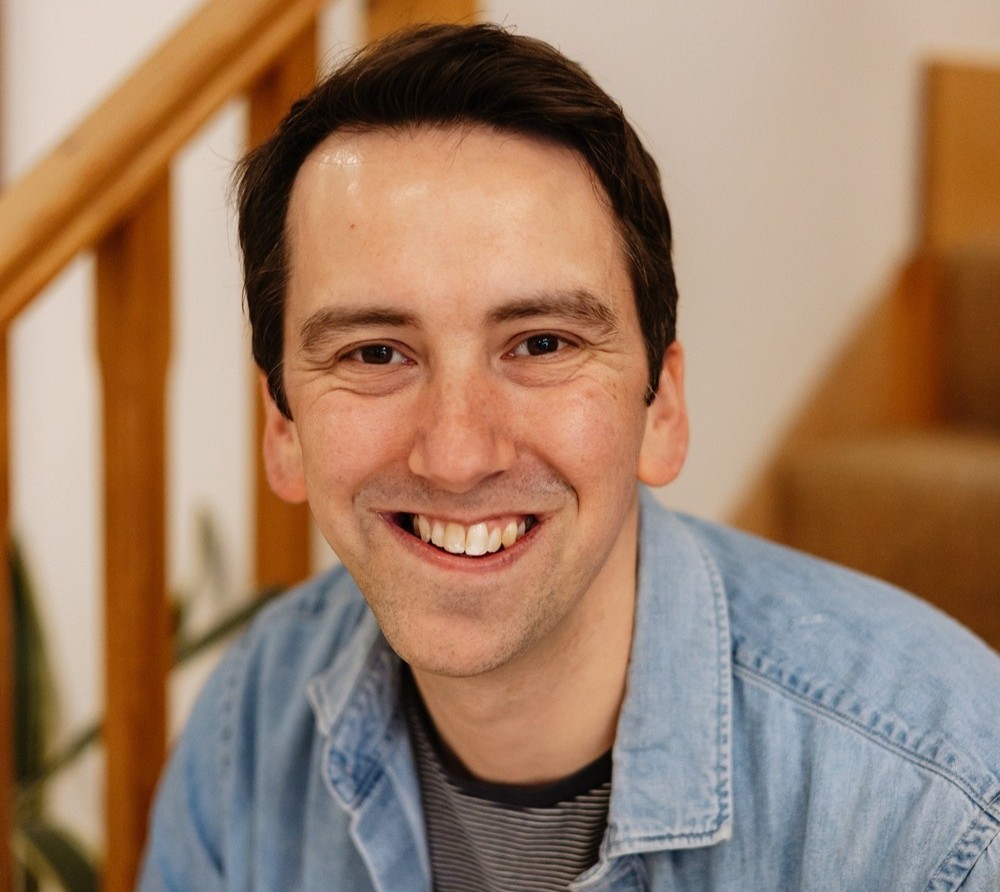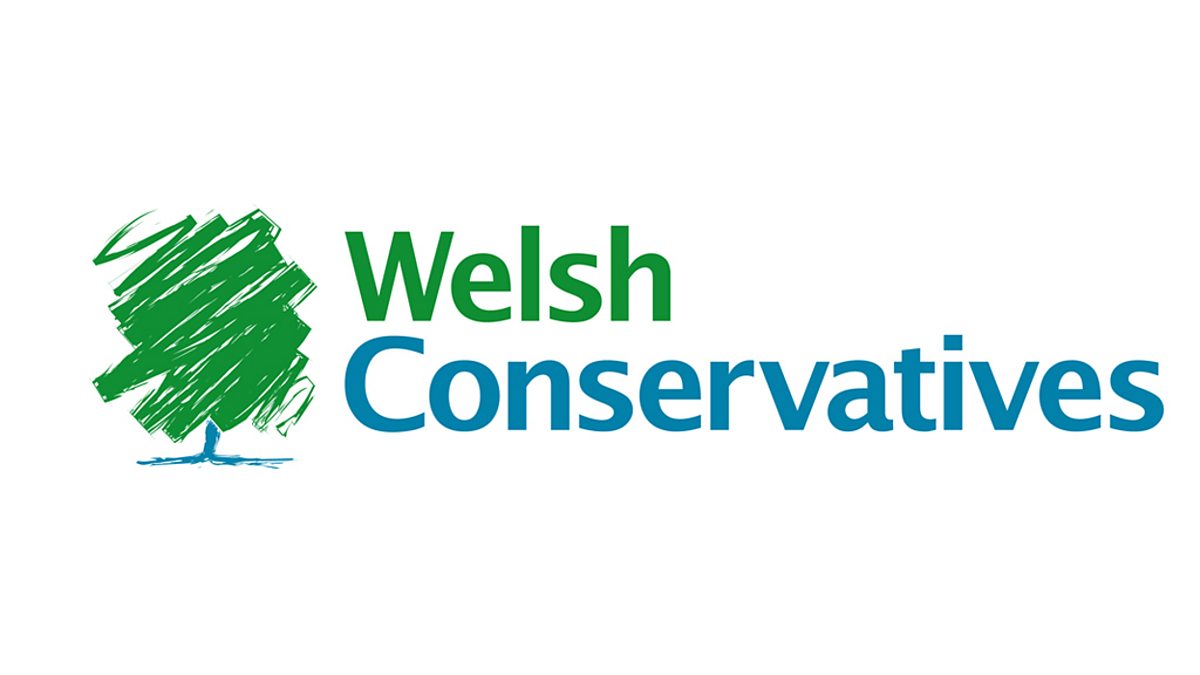- Russell Quirk
“The rate for a new two-year fixed rate mortgage surged from 5.98% to 6.01%” reported the Evening Standard this week on news that home loans have become more expensive due to the City’s outlook for the British economy, inflation and the likelihood of a further increase in the Bank of England base rate when their MPC meets this Thursday.
In recent days numerous similar headlines have shouted at us from the pages of the national media and from the TV and radio news.
Yet, as ever, these headlines are cheap, sensationalist attention grabbers designed to get us clicking and sharing and commenting thus bolstering the coffers of each publisher regardless of the merit of the statements being made. Tabloid exaggeration? Surely not.
Just take a look at the wording of the Evening Standard paragraph above and the fact that it uses the word ‘surge’ in a line that explains, actually, that fixed rate mortgages had just risen by 0.3%. Wow. This equates not to a hike of 10% or 5% or even 1% but an increase of half of one percent on the original rate. This would seem to me to be but a tiny ripple rather than a ‘surge’.
If you are 40 years of age or older you will remember what high interest rates really look like. In 1992 the Bank’s base rate reached 15% and until then the long term average was about 10%. That was what normal resembled. As rates reached 15% it was then that homeowners started to throw their keys back at banks and building societies due to their mortgages being truly unaffordable coupled with the knowledge that their homes had dropped in value by 20% or so in the previous 12 months and many people were therefore in negative equity. My maths says that 15% is a multiple of three times 5% – and I reckon that’s quite a difference.
Indeed in spite of the Telegraph speaking of the ‘…risk of the biggest house price crash on record’ and the Express citing a ‘…mortgage crunch and house price horror looming’, the fact is that this is not the same as 1992 or 2008 or anything like it.
Here’s a chart of interest rates to show the ‘exorbitant’ current base rate in comparison to previous decades. You’ll see that right now the cost of money remains low versus any other time in history except for the last 15 years or so when rates were actually wholly artificial and not least, as we know now, unsustainable.
 Put it this way, context is everything.
Put it this way, context is everything.
News reports are quoting that the typical UK fixed rate mortgage will now cost £2900 more per year. That’s £241 per month. Remember that as from 2014 all mortgage applications were stress-tested to an interest rate of, yes, 5%. And so despite assertions that millions will not be able to afford their repayments, the fact is (for it is a fact) that this is simply not true in that borrowers had to be able to afford a much higher rate otherwise they would not have been lent the money in the first place.
Interestingly, again looking at bare facts (something that many property experts in the negative camp don’t bother to do) home repossession volumes were about the same in the early 2000’s as they are now when interest rates were about the same as now. In other words, history tells us that at a Bank rate of 5% people hold onto those keys and CAN afford to pay their way. House prices are approximately 20% higher now than they were in 2020 and negative equity isn’t a threat.
Wages are up too, by 7.2% year on year. This is now a far higher level than house price growth which has slipped into (barely) negative territory to the tune of just -1% annually, according to the UK’s most established index, the Halifax. And so whilst the cost of servicing a home loan may have increased by £200 a month or so to those not on a fixed rate deal, wages are up by nearly the same amount. Do note though that the percentage of people that own a home with a variable rate mortgage is only about 30% of all mortgage holders, the rest are on fixes. And another 30% of owners don’t have a mortgage at all.
Facts. They are sometimes very inconvenient for property market doomsayers and for newspaper bosses craving eyeballs.
In September last year after the Truss/Kwarteng Budget, every budding Nostradamus and their mate started talking the property market down. A ‘35% crash’. A ‘drop of 20% to 30%’. ‘Armageddon…’ etc. Yet, nine months on where is that crash? Where is it hiding? As the Doomsday Clock ticks on there’s certainly lots of egg on lots of red faces albeit that some of these ‘experts’ are now busy moving the goal-posts by stating that ‘I meant the 35% drop will happen at some time in the future’ – which is a bit like betting that you’ll one day play football for England. A wager that will only pay out to the winners once you’re dead.
In October 2022 I stated publicly that house prices would not be lower a year hence than then. I might not prove right that given stubbornly rampant inflation, an incompetent government, a more incompetent Bank of England and a war in Europe that many thought would have ended by now – but I’ll be a lot, lot closer to being right than the hysterical opinionators that called a crash in house prices that is so, so far away from what has actually transpired almost a whole year on.
And frankly those that have done everything they can to talk the market down in 2023 and to weaken sentiment just for their own political satisfaction or indeed in some cynical attempt at a personal PR grab, we see you – and we see your distinct lack of credibility too.
Russell Quirk is Co-founder of PropertyPR and a well-known media commentator on property and politics






